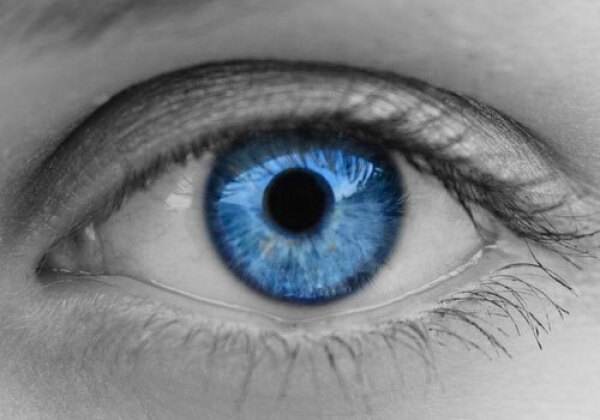Researchers at the University of Delaware have a good guess. They have done studies that show the brain is always extending the boundaries of what it sees-- adding in made-up information along the edges.

This process is called "boundary extension," and it seems to be going on all the time. Say you're looking at a brick wall. You really only see a small section of it, but your visual processing system essentially says, "I can assume that beyond my visual fieldon either side are more red bricks, so for now I'll just add them in until I get better information."












